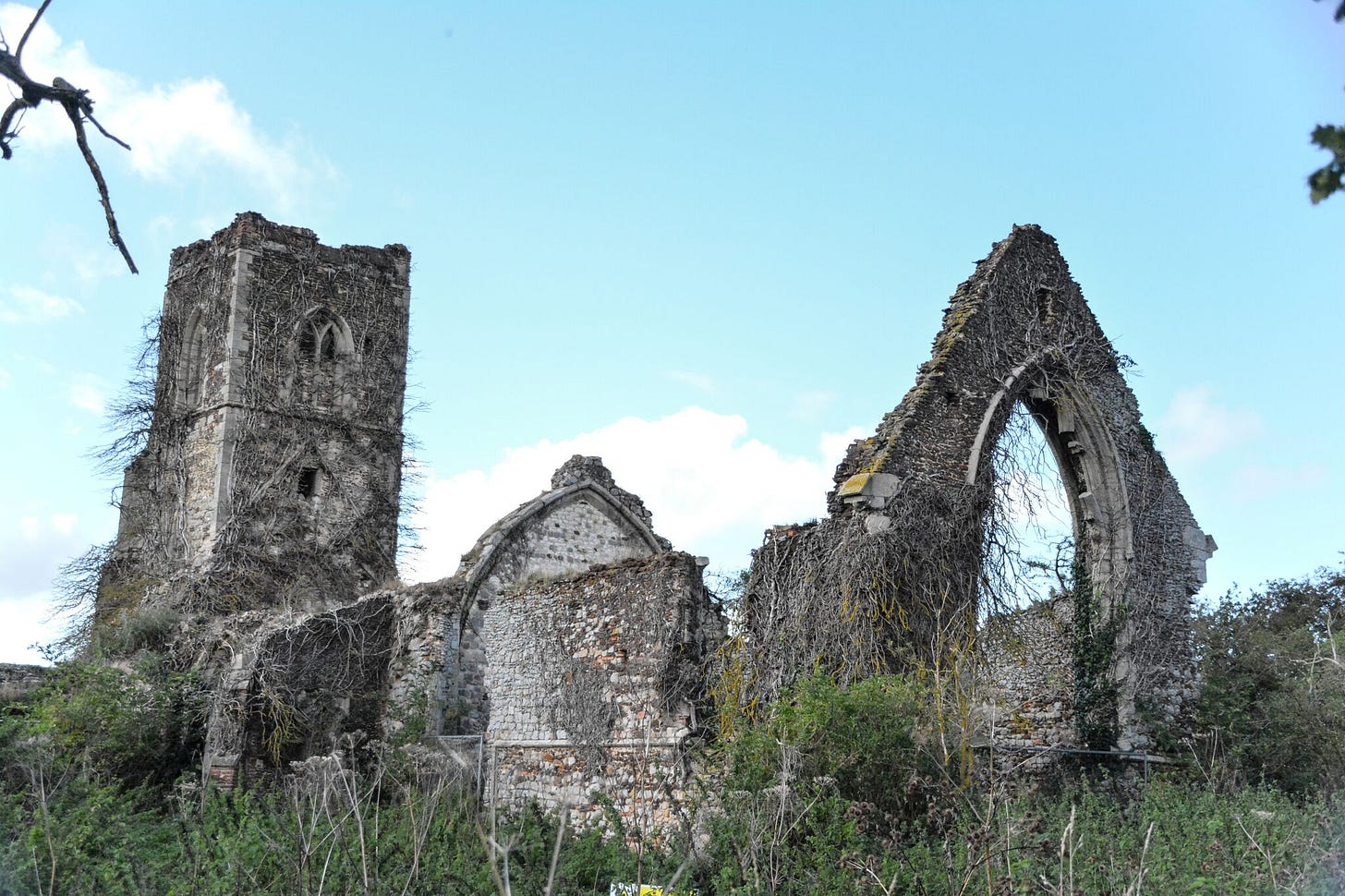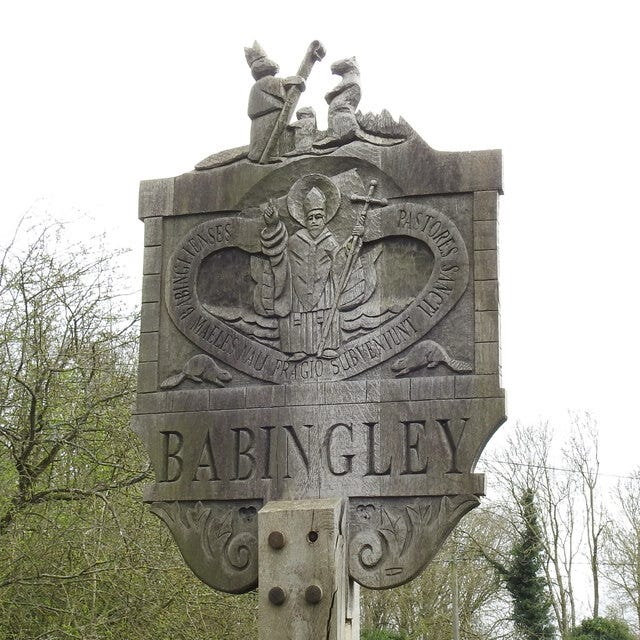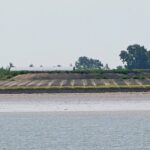There always seems to be something particularly evocative about the ruins of a church, however humble it might have been in its heyday.
Or, for that matter, grand. The city of Coventry’s modern cathedral is modernist in design and symbolic of the economic and cultural growth that germinated throughout Europe after the end of World War Two. Yet visitors to the city will often explore the burnt out ruins of the old St Michaels Cathedral, bombed to near destruction in the Blitz without casting an eye to, let alone visiting its adjacent successor.
There is a certain romance in a ruin.
St Felix’s Church in Babingley is a wonderful example of this. There isn’t as view of it that is unfavourable nor, even to the most trigger happy of us, a bad photograph that can be taken of it. The romance is dark and rich. Gazing upon its shell or, if you are lucky enough to be granted permission to walk in its shadows, wild imaginings stalk you in much the same way a cat hunts a mouse. There are myriad stories to be told here and many more spirits to share their telling.

Atmospheric. The ruins of St Felix’s church near Babingley (Nige Nudds)
St Felix was built in the 14th century and used for worship for nearly 500 years. Claims abound for it to be recognised as the first Christian church to have been built in Norfolk. These came from the story of St Felix, who was born in Burgundy, arriving at the site by virtue of a shipwreck that cast him upon a shore many miles from his chosen destination. Rescued from drowning by a colony of community minded beavers, Felix was overcome with gratitude for their help, so much so that, in a state of emotion (similar to that which affected the Roman Emperor Nero so much that he made his horse a senator), Felix duly made one of the beavers a Bishop.
That act is celebrated to this day on Babingley’s village sign which depicts the grateful St Felix handing a bishop’s mitre to the beaver in question, along with instructions to build a church on the site of his rescue.

Babingley village sign and a tribute to the helpful beavers (Adrian S Pye/geograph)
Naturally enough, the beavers had little to no problem cutting down the trees required-although the fact they lack opposable thumbs did make its building a little tricky for them. Luckily for both Felix and the beavers, his exploits had come to the attention of the Wuffingas who, being the East Anglian royal family at the time invited Felix to spread the word all over their kingdom as well as provide the labour required to build his church.
One doubts if the labour in question was gathered together after a cordial community meeting (mead and pickled acorns afterwards, please bring own goblet) during which volunteers were asked for, but, nonetheless, people soon found themselves stepping forward to help.
Little to nothing remains of the original building now with the surviving ruin mostly 14th century together with a 15th century porch at the south that is built of brick. It’s a church that has, sadly, and given its ecclesiastical importance both locally and nationally, been woefully neglected by successive generations, so much so infact that its chancel (the part of a church near the altar that is reserved for the clergy and choir) was described as being “decayed” in a survey of churches that took place in 1602, a description that was amended to “dilapidated” when a similar survey on the church was carried out in 1752.
Photographs taken shortly after the end of World War Two show the St Felix’s as still having part of a roof but, as this books magical photograph of the church as it is today (courtesy of Norfolk photographer Nigel Nudds) shows, the building is now entirely roofless and at the complete mercy of the Norfolk elements.
St Felix’s Church has been a ruin for some considerable time. You can only wonder how many more generations will be fortunate enough to explore the site and wonder what might have been before it is lost altogether.
Please note that St Felix’s Church is on private land and can only be visited with permission given by the landowner.
ECL 12/2023.



